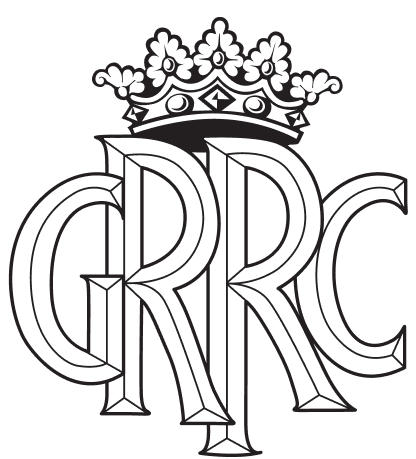Are these the best Jaguar XJs ever?
“I’ve had the blood transfusion,” says Christian Sharland from Jaguar Heritage. “The red was taken out and replaced with Jaguar green.” Browns Lane made him, he proudly tells us, giving him a career for three decades. Even in retirement, he can’t be without Jaguar. That’s why Christian is sitting alongside GRR as we carefully steer Sir William Lyons’ old 1968 Series I XJ in the summer heatwave.

Other XJs are gathered here too. From the earliest to the latest XJR 575. It’s Jaguar’s way of preparing to celebrate 50 years of its most famous saloon, the inaugural European Car of the Year winner and, apparently, the Jaguar Sir William Lyons was most proud of. This dry run will be followed by celebrations in the autumn, including a gathering at the Paris Motor Show where, half a century ago, the XJ made its global debut.
We chose not to go straight back to the beginning. We actually drove the XJ40 first, having never driven one, and still hanker after a £1,000 bargain. Far from easing this yearning, the drive only reinforced it. The very last XJ40 off the line, the 1994 car had covered just a few thousand miles, and was meticulously perfect and tight.
We’ve become used to Jaguars with V8 soundtracks (or, dare I say it, V6 turbodiesels) so it’s unusual to go back to a straight-six. A Jaguar that sounds like a BMW. The brutish 2018 575 would prove we’ve also become used to garish, loud Jaguars, with plenty of pace but not so much grace. The XJ40 showed how it used to be done, with a beautifully free-flowing and composed ride that cosseted whenever the car was in motion. It was so lovely, we didn’t want to stop.
It’s the same in Sir William’s XJ6. Christian says he personally used it for more than two years. As ponder how wonderful it must have been to be chauffeured in such a machine Christian exclaims “Sir William preferred to drive rather than be driven!”. Holding the thin Bakelite-esque steering wheel gently between our fingertips, gliding from corner to corner, engine humming up front, we can see why.
We get chatting about the history of Jaguar. It was a lovely company, says Christian, but changed when Ford took over. “They introduced Ford high-volume processes into a low-volume firm.” Fine for turning out endless Fiestas, but not the best way to create a Jaguar. Mind you, he does admit quality was poor, so something needed to be done. Introducing endless faceless managers to try and build an XJ40 like a Fiesta perhaps wasn’t the way to do it.
Later, we jump into the Queen Mum’s V12 Vanden Plas XJ. She too apparently preferred to drive, and loved this car so much she kept it for decades, using it until she died. She had great taste. The V12 fires up smartly with not a trace of vibration, and epitomised effortlessness right up until it started to get hot. “Feels like it’s only running on 10 or 11,” says Christian. Not something you hear every day. We splutter into the car park and just about manage to squeeze it into a space, blocking in the 575. It seemed apt.
It’s an opportune time to look back on 50 years of the XJ6. Time for Jaguar to remind itself how to create a raffish four-door coupe of a car, one easy on the eye and oozing stately class. Don’t see red and try to mimic hard-edged Germanic rivals – make it a genuine green-blooded great to take XJ6 into its second half-century with aplomb.
Driving the old cars makes me wonder if the current one hasn’t strayed too far from what made the originals so divine. They really were Mercedes-Benz S-Class competitors. Today’s car, thunderous and thrusting, feels confused. You sense Sir William would hate it.
Jaguar
XJ







































































